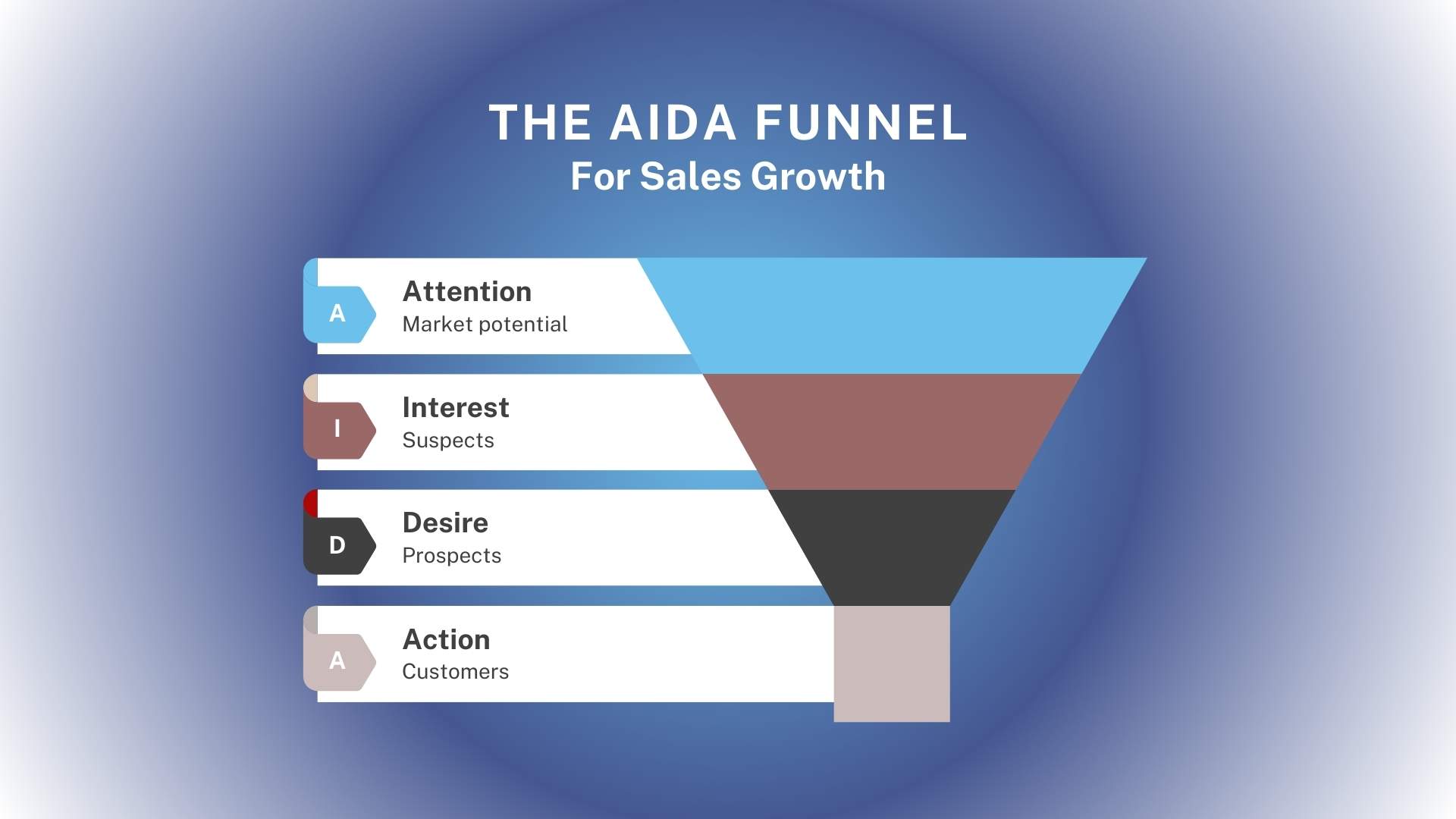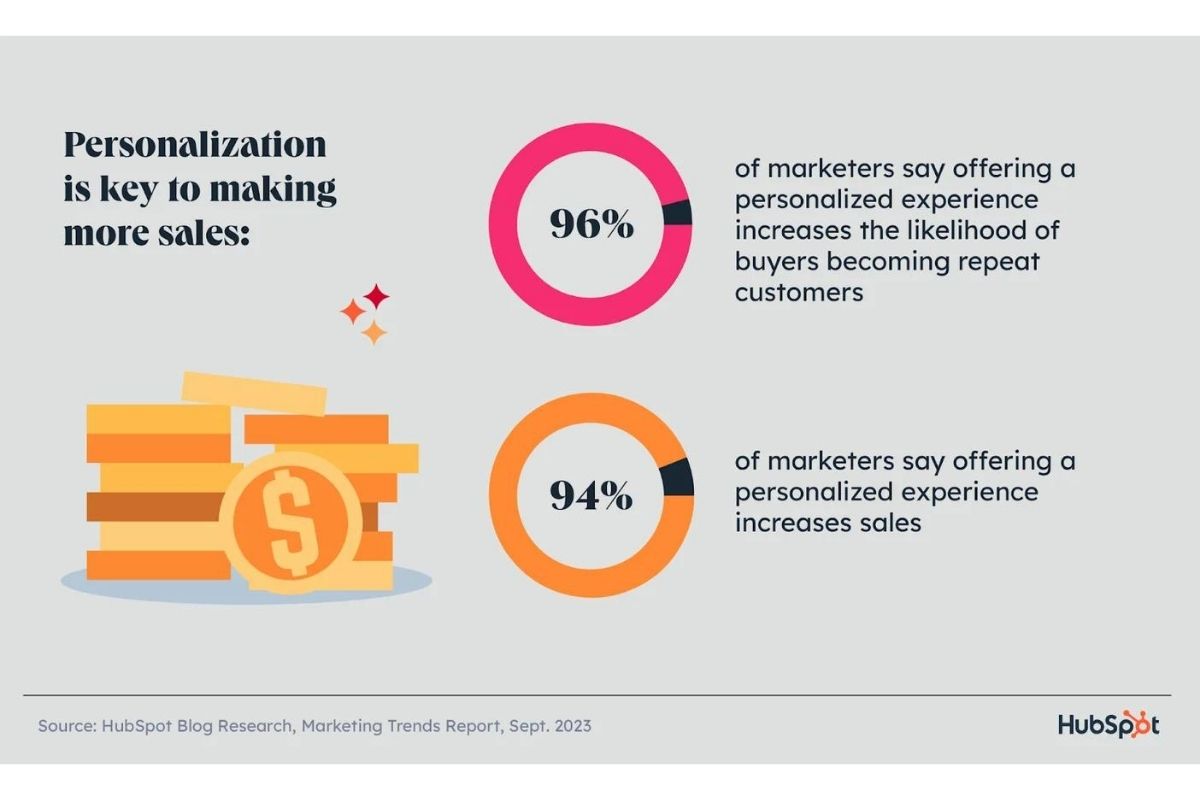The landscape of B2B and B2C sales is constantly evolving, and with it, the strategies for lead generation. At the heart of successful lead generation and an optimized sales pipeline lies a crucial element: the Ideal Customer Profile (ICP). This powerful and effective framework serves as a compass, guiding businesses towards prospects that are most likely to convert and become valuable, long-term clients. Its a framework that’s a must-have in nearly every industry. By honing in on the characteristics, behaviors, and needs of your ideal customers, you can streamline your sales efforts, improve conversion rates, and ultimately drive business growth. This blog post will delve into the process of crafting your ICP, exploring seven essential steps that will transform your lead generation strategy. We’ll also examine how this process fits into the broader context of the sales funnel and highlight some cutting-edge lead generation solutions that can supercharge your efforts. Be sure to follow us on LinkedIn. Now let’s get started.
The Art of Lead Generation
Before we dive into the specifics of creating an Ideal Customer Profile, it’s essential to understand its role within the broader context of lead generation and the sales funnel. Lead generation is the process of attracting and converting potential customers into qualified leads who have expressed interest in your product or service. This process is a crucial component of the sales funnel, which visualizes the journey a prospect takes from initial awareness to becoming a customer.
The sales funnel typically consists of four main stages:
- Attention: This is the initial phase of the sales funnel where potential customers first become cognizant of your brand, product, or service, often through marketing efforts or encountering a solution to a problem they’re experiencing
- Interest: In the Interest stage, prospects actively seek more information about your product or service, engaging with your content and considering how your offering might address their needs or solve their problems
- Desire: This is where prospects evaluate their options, compare your offering with competitors, and move closer to making a purchase, often requesting demos, quotes, or additional information to inform their choice.
- Action: The Action stage is the final phase where prospects convert into customers by making a purchase, signing a contract, or taking the desired action that completes the sales process
Lead generation primarily focuses on the top two stages of the funnel: – Attention and interest. During these stages, businesses aim to capture the attention of potential customers and nurture their interest in the offered products or services.
Understanding the Ideal Customer Profile
An Ideal Customer Profile plays a pivotal role in this process by helping businesses identify and target the most promising prospects. By defining the characteristics of your ideal customer, you can tailor your marketing efforts, content, and outreach strategies to resonate with those who are most likely to benefit from your offerings. This targeted approach not only improves the efficiency of your lead generation efforts but also increases the quality of leads entering your sales funnel.
Creating the ICP
So, what exactly is an Ideal Customer Profile? An ICP is a detailed description of the type of company that would benefit most from your product or service and, therefore, be most likely to purchase it. This profile goes beyond basic demographic information to include factors such as company size, industry, pain points, goals, and buying behaviors. For B2C, building a profile of the individual is essential and could include information such as:
- Demographics (age, gender, location, etc) or
- Psychographic Information (lifestyle, values, interest, etc)
The importance of a well-crafted ICP cannot be overstated. It serves as the foundation for targeted marketing campaigns, helps sales teams prioritize leads, and guides product development to better meet customer needs. Moreover, a clear ICP enables businesses to allocate their resources more effectively, reducing wasted time and effort on poorly matched prospects.

7 Steps to the Ideal Customer Profile
Now that we understand the significance of an Ideal Customer Profile in the context of lead generation and the sales funnel, let’s explore the seven critical steps to crafting your ICP.
Step 1: Analyze Your Current Customer Base
The first step in creating your Ideal Customer Profile is to take a close look at your existing customers. Start by identifying your best customers – those who account for a significant portion of your revenue, have the highest retention rates, and are the most satisfied with your product or service. Analyze these customers to uncover common characteristics and patterns.
…some organizations have seen a revenue increase of 30 percent or more from adoption of a needs-based approach and proactively reaching out to customers at the right time with the right offering…
For B2B look at factors such as company size, industry, location, and annual revenue. Consider their pain points and the challenges they face that your product or service addresses. Examine their buying process, including decision-makers involved and typical sales cycle length. This analysis will provide valuable insights into the types of customers that derive the most value from your offerings and are most likely to become long-term, profitable clients. For B2C, stay focused on demographics and lifestyle.
To gather this information, you may need to combine data from various sources, including your CRM system, sales records, and customer feedback. Don’t hesitate to reach out to your sales and customer success teams for their input, as they often have valuable firsthand knowledge about your best customers.
Step 2: Identify Common Characteristics and Trends
Once you’ve gathered data on your best customers, the next step is to identify common characteristics and trends among them. Look for patterns in the data you’ve collected. Are most of your top customers from a particular industry? Do they fall within a specific range of company sizes? Are there common challenges or goals that they share?
Create a list of these shared characteristics, focusing on the most prevalent and relevant ones. This list will form the foundation of your Ideal Customer Profile. While some variation is natural, you’re looking for the biggest commonalities to guide your targeting.
It’s also important to consider negative patterns or characteristics of customers who weren’t a good fit for your product or service. Understanding why certain customers churned or were challenging to work with can be just as valuable in refining your ICP. Always remember portfolio optimization is key.
Step 3: Define Your Value Proposition
With a clear understanding of your best customers’ characteristics, it’s time to articulate your value proposition in relation to these ideal customers. Your value proposition should clearly communicate how your product or service solves the specific problems or meets the needs of your ideal customer.
Consider the following questions:
- What unique benefits does your product or service offer to this type of customer?
- How does your solution address their specific pain points or challenges?
- What outcomes or results can they expect from using your product or service?
- How does your offering differ from competitors in ways that matter to these customers?
Crafting a compelling value proposition that resonates with your ideal customer profile will not only help you attract more qualified leads but also make your sales process more efficient and effective.I
Step 4: Create Detailed Buyer Personas
While your Ideal Customer Profile focuses on the company level, buyer personas zoom in on the individual decision-makers within those companies. Create detailed profiles of the key individuals typically involved in the purchasing process for your product or service.
These personas should include information such as:
- Job titles and roles
- Responsibilities and goals
- Challenges and pain points
- Preferred communication channels
- Information sources they trust
- Factors that influence their decision-making
Developing these personas will help you tailor your messaging and content to address the specific needs and concerns of different stakeholders within your target companies.
Step 5: Validate Your ICP with Market Research
At this point, you have a working hypothesis for your Ideal Customer Profile based on your existing customer base. However, it’s crucial to validate this profile with broader market research to ensure you’re not missing potential opportunities or overlooking important trends.
Conduct market research to gather data on the wider pool of potential customers that match your ICP. This research can include:
- Industry reports and market analyses
- Surveys or interviews with potential customers
- Competitor analysis
- Social media listening and online forum discussions
This step may reveal additional characteristics or trends that you hadn’t considered, allowing you to refine and expand your ICP. It can also help you identify new market segments that align with your ideal customer profile but haven’t yet been tapped into. This step may reveal additional characteristics or trends that you hadn’t considered, allowing you to refine and expand your ICP. It can also help you identify new market segments that align with your ideal customer profile but haven’t yet been tapped into. The integration of AI into many of these CRM systems makes it easier for sales and marketing teams to conduct both internal and external research to speed knowledge acquisitions. Some of the noteworthy AI-powered Copilot and AI agent systems include:

Step 6: Implement Lead Generation Solutions
With a well-defined Ideal Customer Profile in hand, it’s time to put it into action using advanced lead generation solutions. These tools can help you identify and engage with prospects that match your ICP more efficiently. Let’s explore three powerful solutions that can supercharge your lead generation efforts:
- Book Your Data: This comprehensive B2B database solution offers access to millions of verified business contacts across various industries. The company boasts over 500 million contacts and more than 3 billion data points in over 200 countries. With Book Your Data, you can filter and target prospects based on criteria that align with your ICP, such as company size, industry, job titles, and location. Their 97% data accuracy and real-time updates allow you to verify contact details on the fly. This ensures that you’re working with the most current information, increasing the effectiveness of your outreach efforts.
- Book Your Data Advantage: High accuracy, global outreach, and industry focus. The company also offers a pay-as-you go pricing model. Contacts purchased never expire.
- ContactOut: This powerful tool specializes in finding contact information for specific individuals, making it invaluable for reaching out to decision-makers within your target companies. ContactOut boasts more than 300 million contacts with 99% accuracy. Additionally, the company provides a holistic approach to engagement, offering robust capabilities to engage and run campaigns directly from the platform. ContactOut’s chrome extension integrates seamlessly with LinkedIn, allowing you to quickly find email addresses and phone numbers for potential leads that match your buyer personas. Additionally, integrations with CRM systems such as Hubspot and Salesforce are supported.
- ContactOut Advantage: High accuracy, CRM integrations, a robust knowledge base and AI integration to support and personalize outreach
- Closely: This AI-powered sales intelligence platform takes LinkedIn lead generation to the next level by providing real-time insights and predictive analytics. Closely helps to identify companies that match your ICP and are showing signs of being in-market for your solution. Its features include a robust multichannel campaign management solution designed for LinkedIn and email. The platform automates LinkedIn engagement, reducing the need for repetitive tasks. Tasks such as engaging with posts and emails significantly save time. Additional features such as Appoint by Closely offer ease of engagement with your ideal customers.
- Closely Advantage: Deep LinkedIn integration, multichannel engagement, and robust campaign analytics.
By leveraging these advanced lead generation solutions, you can quickly and efficiently identify and engage with prospects that closely match your Ideal Customer Profile. This targeted approach not only improves the quality of your leads but also increases the likelihood of converting them into customers.
Step 7: Continuously Refine and Update Your ICP
Creating your Ideal Customer Profile is not a one-time exercise. View it as a work in progress as your business grows and evolves, and as market conditions change. Your ICP should be regularly reviewed and refined. Set up a process for ongoing evaluation and adjustment of your ICP based on new data and insights.
Monitor the performance of leads and customers that match your ICP. Are they converting at the expected rate? Are they achieving the anticipated outcomes with your product or service? Use this information to fine-tune your profile and ensure it continues to represent your most valuable customers.
Additionally, stay attuned to market trends and changes in your industry that might affect your ideal customer’s needs or behaviors. Regularly engage with your sales and customer success teams to gather their insights on emerging patterns or shifts in customer characteristics.
It’s key to treat your Ideal Customer Profile as a living document that evolves with your business and market conditions. This ensures that your lead generation efforts remain targeted and effective over time.
Developing an Ideal Customer Profile allows sales teams to accelerate customer acquisition with a corresponding decrease in time and effort needed to acquire additional customer.
Integrating ICP and Lead Generation
Finally crafting a comprehensive Ideal Customer Profile is a critical step in optimizing your B2B or B2C lead generation strategy. By following these seven steps – analyzing your current customer base, identifying common characteristics, defining your value proposition, creating buyer personas, validating with market research, implementing advanced lead generation solutions, and continuously refining your ICP – you can significantly improve the quality of your leads and the efficiency of your sales process.
Remember that your ICP serves as the foundation for numerous aspects of your business, from marketing strategies and sales approaches to product development and customer success initiatives. A well-defined ICP allows you to speak directly to the needs and pain points of your most valuable potential customers, increasing the resonance of your messaging and the effectiveness of your outreach efforts. The ICP framework transcends industry and should be mastered for sales success. Its also a model that can provide value whether your a solopreneur, SME or multinational.
By leveraging powerful lead generation solutions like Book Your Data, ContactOut, and Closely in conjunction with your refined ICP, you can take your lead generation efforts to new heights. These tools enable you to identify and engage with high-quality prospects that closely match your ideal customer profile, streamlining your sales funnel and improving conversion rates.
Ultimately, the process of crafting and refining your Ideal Customer Profile is a constant work in progress and a journey of discovery and optimization. As you continue to learn more about your best customers and the evolving needs of your target market, your ICP will become an increasingly powerful tool for driving business growth and success in the highly competitive global business landscape.
To Learn More
To learn more about our lead generation solutions and strategies, reach out to the team at ClearSky 2100 Ventures to discuss ideas. Visit our website to learn more about us and our partnerships for growth.
Disclosure: At ClearSky 2100, our portfolio partly consists of affiliate partnerships. We may earn a small commission from buying links on our site at no cost to you.










